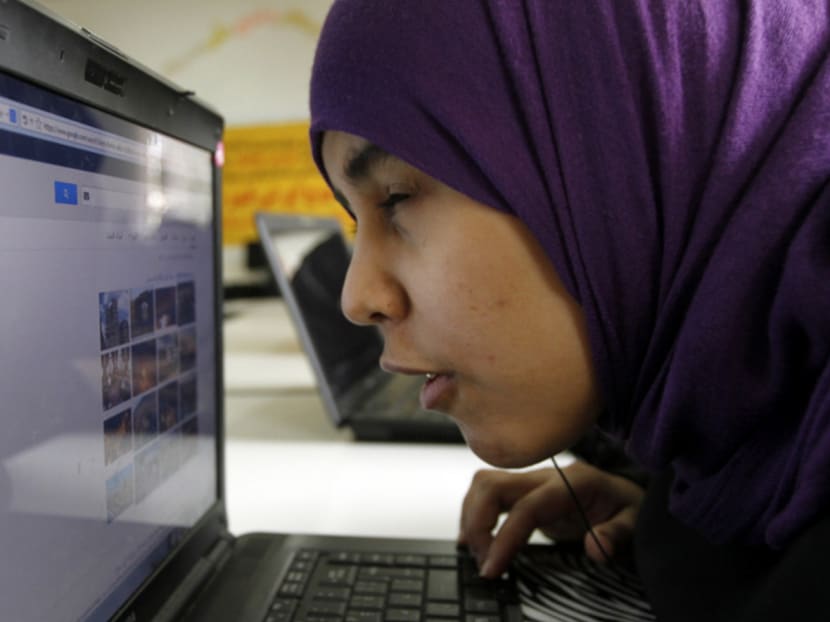Low-vision rehabilitation offers hope to visually-impaired people
The article “Glaucoma affects younger adults too” (Jan 28) presents an emerging health concern. Although eye diseases primarily affect the elderly, the needs of younger, working-age adults with vision loss must be addressed.

Low-vision rehabilitation involves the use of optical aids such as magnifiers, sensorial aids such as text-to-speech software, and mobility aids such as white canes and guide dogs. Photo: Reuters
The article “Glaucoma affects younger adults too” (Jan 28) presents an emerging health concern. Although eye diseases primarily affect the elderly, the needs of younger, working-age adults with vision loss must be addressed.
Even though new and improved treatments have been developed for eye diseases, irreversible vision loss, which affects the whole person and leads to functional, psychosocial and economic consequences, remains inevitable for people with conditions such as glaucoma.
This is where low-vision rehabilitation can offer hope. It aims to minimise any functional impediments imposed by vision loss. This is done, in part, by using as much of the visually-impaired person’s visual abilities as possible, to achieve functional tasks such as reading, face recognition and mobility.
This is achieved through the use of optical aids such as magnifiers and telescopes, sensorial aids such as tactile watches and text-to-speech software, and mobility aids such as white canes and guide dogs.
As the impact of vision loss is multidimensional, low-vision rehabilitation is a multidisciplinary process, involving ophthalmologists, optometrists, occupational therapists, social workers, mobility instructors, special educators and other support workers and services.
In Singapore, low-vision rehabilitation is offered in hospital and community settings.
With the increasing incidence of vision loss, these rehabilitation services and other support systems for the visually-impaired have a crucial role within the healthcare delivery system. It is also crucial that individuals affected by permanent vision loss are offered timely access to help that is available.






